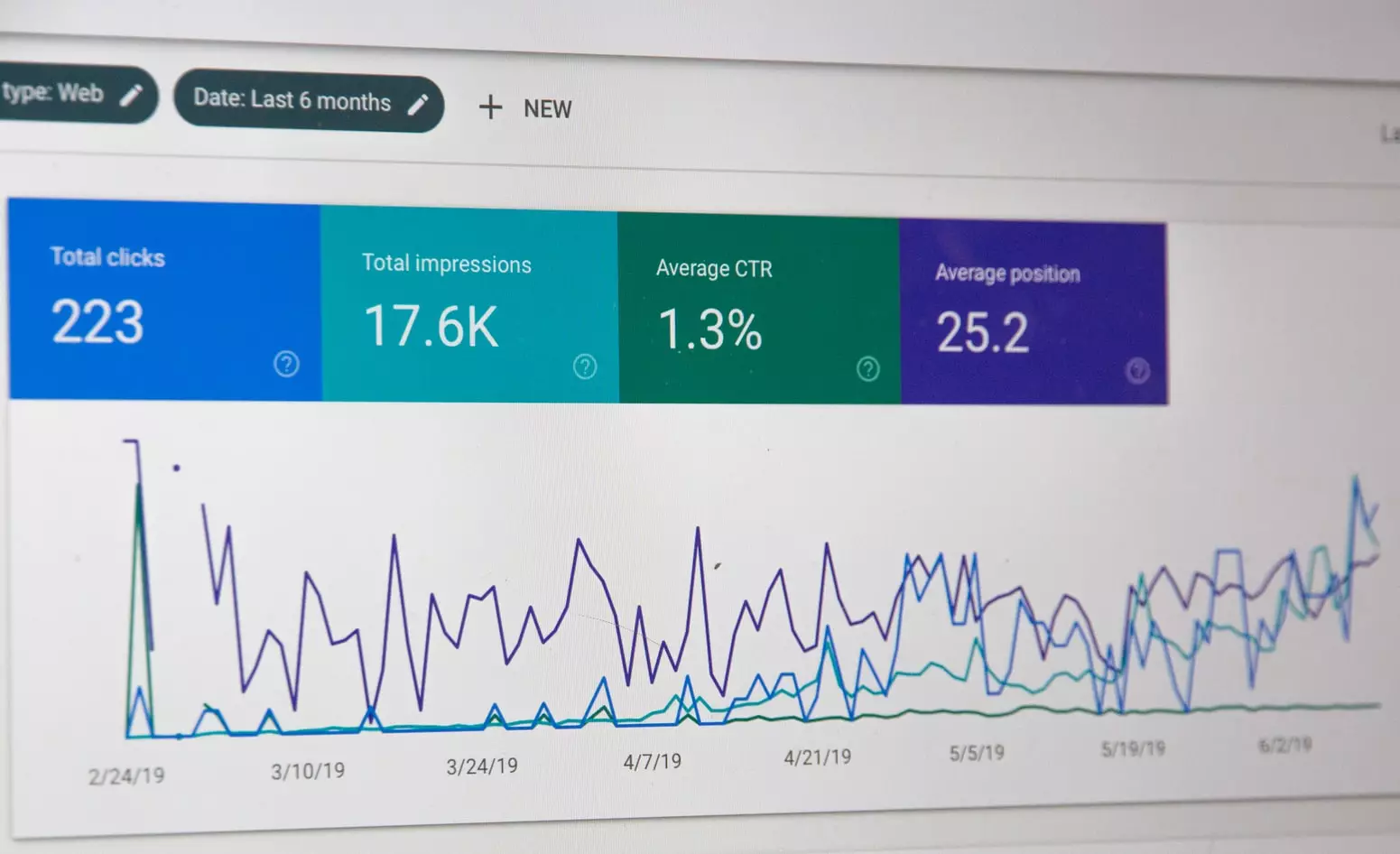Approximately 70% of marketing professionals see SEO as more effective than PPC. The top four ranking factors include direct website visits, the amount of time spent by audiences on a site, the number of pages consulted per session, and the bounce rate. SEO is a tricky strategy to master, with Google updating its algorithms at breakneck speed and consumer habits such as mobile use increasingly dominating Internet access. Just a few current strategies and tools being used by savvy marketing tools can be found below.
The Power of MUM
Multitask United Mode, or MUM, is described by Google Vice-President (Search), Pandu Nayak, as “a new AI milestone for understanding information.” It is a natural language processing model that works in 75 languages and analyzes a plethora of content—including text, video, and images, to provide users with answers to complex searches. It analyzes sentiment in addition to literal language and is capable of matching the searcher’s intent more accurately than in the past. Therefore, when creating your content, you should prioritize creating natural, useful content instead of keyword stuffing. To ace your search engine optimization, you should additionally focus on creating topic authority, doing so in a way that is visually impactful. Cover your niche in detail and make sure you cover both broad and very detailed topics so that your audience finds the information they are looking for.
Honing Your Brand’s SERP Features
When you start searching for a subject on Google and your answer appears at the top in a featured answer box, that is an example of Search engine results page (SERP) features doing their work. SERP features are essentially any information that appears when you search for a term/s, except the blue links. You can optimize your content for different SERP elements—including site links, images, video, images, Twitter profiles FAQs, knowledge panels, and more. Research indicates that featured snippets can be particularly important to businesses. To improve your SERP features, embrace key strategies such as targeting keywords your site already ranks for (by providing better answers than someone who ranks above you), answering similar questions to those already in your FAQs, and analyzing existing SERP pages so you can produce more pertinent content and format it for featured snippets.
Optimizing Content for Mobile Users
By the year 2025, approximately 73% of all online users will access the Net from their mobile devices and in 2020, 55% of all worldwide online traffic already hailed from mobile. Around 80% of highly ranked sites are mobile-optimized, which makes sense considering that a vast majority of users close a site when it is difficult to use on their device. To hone this category, use structured data, add videos and AMP, avoid Flash, and ensure your design features are completely responsive.
Keeping on top of Google’s ever-changing algorithms is a challenge and it requires adaptation and flexibility. Just a few of the many trends making waves in SEO include leveraging MUM and improving a site’s SERP features. Mobile will only get stronger as the years go by so make sure your site is fully optimized.
